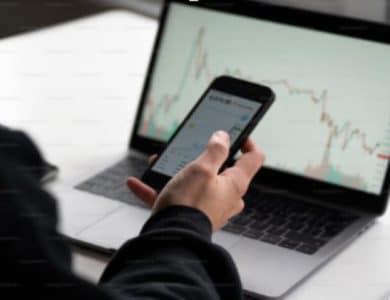Typical Duration of a Trading Session

Ever wondered how long a typical trading session lasts? Understanding the structure and timing of trading sessions across global markets can give you a significant edge. This article breaks down the ins and outs of trading hours, from the pre-market buzz to the after-hours action, helping you make smarter investment decisions. Additionally, if you want to know more about investments and firms, you may visit this Homepage.
The Anatomy of a Trading Day
Definition and Components of a Trading Session
A trading session is simply the period during which a stock market is open for buying and selling. It includes several parts: the pre-market session, the regular market session, and the after-hours session. These sessions are crucial as they dictate when you can trade and affect market liquidity and volatility.
Pre-market sessions often set the tone for the day, with overnight news and reports influencing opening prices. The regular market session is the main period when the bulk of trading happens. After-hours sessions allow for trading post the official close, offering opportunities to react to late-breaking news. By understanding these components, traders can make informed decisions about when to enter or exit positions.
Key Phases: Pre-Market, Regular Market, and After-Hours Trading
- Pre-Market: This session starts before the official market opens. It’s a time when investors react to news released overnight. Prices can be more volatile due to lower trading volumes. For instance, a company releasing earnings after the previous day’s close might see significant price movement during the pre-market session.
- Regular Market: This is the main trading period when most transactions occur. It’s typically from 9:30 AM to 4:00 PM (EST) for the New York Stock Exchange (NYSE) and NASDAQ. High trading volumes characterize this phase, leading to better liquidity and more stable prices. It’s when most investors make their trades, leading to the highest activity levels.
- After-Hours: Post the regular session, after-hours trading continues, though with lower volumes and higher volatility. It’s crucial for reacting to late-breaking news or earnings reports released after the market close. Traders should be cautious as price movements can be more unpredictable.
Regional Market Timings and Their Impact
North American Trading Hours: NYSE and NASDAQ
North America’s key exchanges, NYSE and NASDAQ, operate from 9:30 AM to 4:00 PM (EST). These hours influence global markets due to their significant trading volumes and market capitalization.
For example, news breaking during the US trading hours can impact markets worldwide. Additionally, the pre-market and after-hours sessions provide opportunities to trade outside the regular hours, influenced by news or events occurring outside the standard trading day.
European Market Timings: London, Frankfurt, and Paris Exchanges
Europe’s major exchanges, like those in London, Frankfurt, and Paris, typically operate from 8:00 AM to 4:30 PM (GMT). These sessions overlap with both Asian and North American markets, creating a continuous 24-hour trading environment.
This overlap allows traders to respond to events in one region during the open hours of another, ensuring that global events are quickly factored into prices. For instance, economic data released in Europe can influence the opening prices in the US market.
Asian Trading Schedules: Tokyo, Hong Kong, and Shanghai Markets
Asian markets, including Tokyo, Hong Kong, and Shanghai, generally operate from 9:00 AM to 3:00 PM (local time), with a lunch break in between. These markets set the stage for global trading, reacting first to news and events from the previous day in the West.
The performance of Asian markets can influence the opening sentiment in European and North American markets. For example, strong economic data from China often leads to a positive opening in European markets.
Influences on Trading Session Lengths
Regulatory and Operational Considerations
Trading session lengths are shaped by regulatory and operational factors. Regulatory bodies determine the trading hours to ensure fairness and stability. For example, the Securities and Exchange Commission (SEC) regulates the trading hours for US markets. Operational considerations, like the need for periodic breaks and the capacity of trading infrastructure, also play a role. These factors ensure markets operate smoothly and efficiently, balancing the needs of various market participants.
Technological Advances and Their Role in Market Hours
Technology has dramatically influenced trading session lengths. The advent of electronic trading platforms has extended trading hours and increased market access. Automated trading systems allow for trading beyond traditional hours, leading to the growth of pre-market and after-hours sessions.
This technological shift ensures that traders can respond to global events in real-time, enhancing market efficiency. For instance, high-frequency trading systems can execute trades within milliseconds, making the markets more dynamic and responsive.
Conclusion
Knowing the timing of trading sessions is key to successful investing. From early morning trades to late-night opportunities, understanding these hours can boost your trading strategy. Stay informed, stay ahead, and make the most of each trading day.




